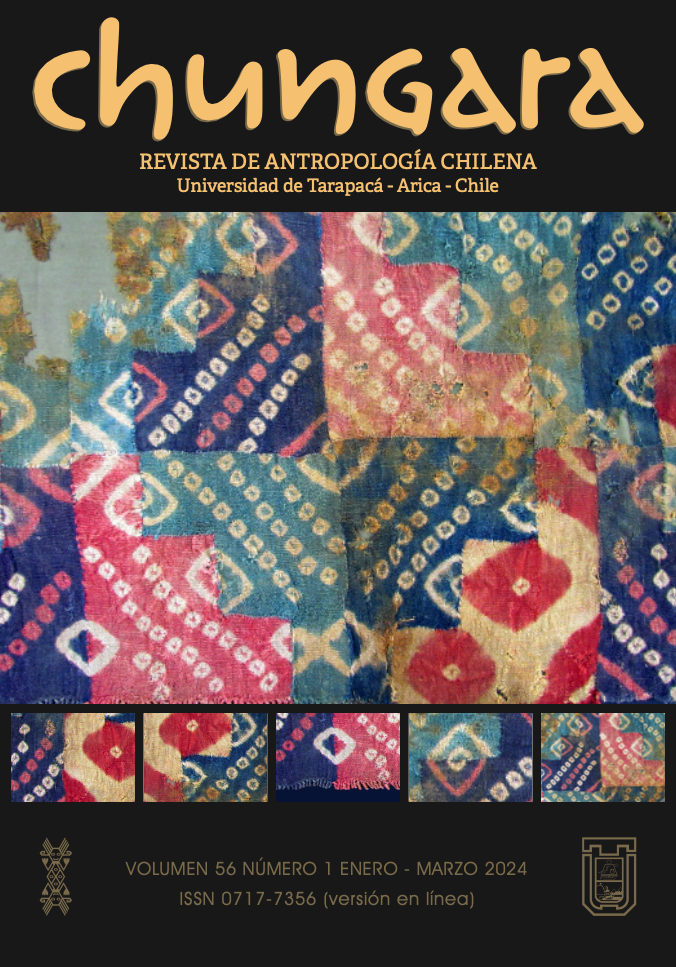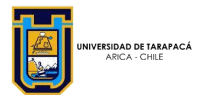ASSESSMENT OF AN EAST-WEST PHENOTYPIC VARIATION IN BODY HEIGHT, BODY FORM AND BODY MASS AMONG PREHISTORIC HUNTER-GATHERERS OF PATAGONIA AND TIERRA DEL FUEGO, CHILE
EVALUACIÓN DE LA VARIACIÓN FENOTÍPICA DEL PESO, LA FORMA Y LA MASA CORPORAL EN GRUPOS CAZADORES-RECOLECTORES PREHISTÓRICOS DE PATAGONIA Y TIERRA DEL FUEGO, CHILE
Marta Alfonso-Durruty, Bretton T. Giles, Manuel San Román, and Flavia Morello
Fuego-Patagonia’s marine and terrestrial groups were historically described as phenotypically distinct but, studies of these phenotypic differences have yet to be conducted. This study evaluates phenotypic variation in Fuego-Patagonia. Phenotypic disparities result from extrinsic and intrinsic factors and therefore can reveal differences in both long and short term adaptations as well as genetic differences. Fifty-one adults were assessed. A total of six post-cranial measurements were included: maximum length of the humerus (MHL); maximum length of the radius (MRL); Bicondylar length of the femur (BFL); Maximum length of the tibia (MTL); bi-iliac breadth (BIB), and; antero-posterior diameter of the femoral head (FHD). Brachial index, crural index, body mass, body mass index and stature were then calculated. In general, terrestrial individuals had longer lower limb bones and were the tallest and heaviest. Marine individuals had the shortest bones and were shorter and lighter. Mixed-economy individuals showed mostly intermediate values. The trends are more marked in males than in females. The results suggests the presence of an east-to-west phenotypic gradient in the region that may have resulted from intrinsic and/or extrinsic differences between the groups. But, the sample size of this study is small, and thus the results should be cautiously considered.







